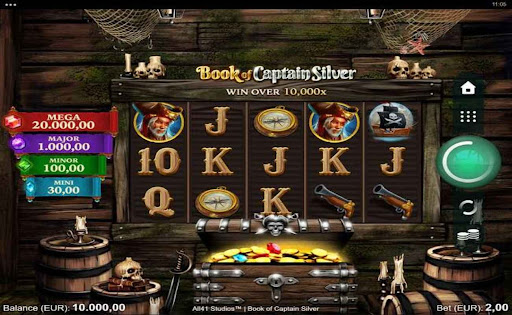The dragon is an influential spirit animal. They are wise, loyal and brave – not without anger but they know how to contain themselves when needed.
dragon365 have long been seen as both good and evil figures throughout history. Being large, serpentine/reptilian creatures that share human characteristics, no two dragons look identical.
Dragons appear in mythologies from across the globe and are typically depicted as large, serpentine creatures with large scales that represent protection and beneficence in different cultures.
No one knows for certain where the concept of dragons first originated; scholars have various hypotheses as to their genesis. One theory suggests they have evolved from snakelike animals. Another possibility suggests people invented them out of fear for snakes.
A fourth possibility is that dragon images arose due to fossil discoveries. Remains from large reptiles that weren’t dinosaurs such as Lindwurm skull may have inspired new dragon myths.
Another theory suggests that dragons were created to ensure plentiful harvests and protect crops from flooding damage. Farmers in early Chinese culture would make offerings to dragon gods in exchange for abundant harvests as well as make sacrifices of grain to stave off disaster.
Dragons are legendary predators, and this fierceness serves them well in their ecosystem. As top predators, they must be capable of killing anything that threatens the food chain – no matter who or what comes between.
Habitat can have a dramatic impact on a dragon’s health and happiness; happy dragons tend to be healthier dragons, which in turn makes them better equipped for battle in Dragon City.
Komodo dragons live wild lives on Rinca and Komodo islands in Indonesia’s tropical grasslands and mountains, hunting water buffalo introduced by people as well as snakes and fish that wash up on shore.
Komodo dragons typically shun eating debris such as sand and other forms of debris from their enclosure, but during droughts or heavy rainfall this could change. Therefore it’s essential for their owners to remove this hazard before feeding their dragon and use a safe feeder tray designed for pet safety.
Dragons are omnivorous animals and consume both plants and insects. For optimal health, dragons should be fed fresh greens tailored to their size such as collards, kale, dandelion (leaves and flowers), mustard or turnip greens, parsley, and/or cilantro every day as a meal. In terms of protein intake they could receive crickets, roaches, superworms, black soldier fly larvae or hornworms for protein replenishment.
Feeding a baby dragon requires careful consideration to prevent overfeeding. You can do this by decreasing the number of crickets or worms it receives or switching out its feeding tub for one with smaller dimensions.
Serge is capable of holding three pieces of food at one time, so players should always prepare three foods when feeding a dragon. Players should use the interact button frequently in order to speed up this process if their dragon is hungry; otherwise it may take much longer before it finishes eating up its meal despite having plenty of crickets within its enclosure.
Breeding dragons is easy: simply tap on the Breed Site or Dragon Tree! In order to start breeding sessions, each dragon must be at least level 4 and possess two unique elements.
Once breeding has taken place, a new egg will appear in the Breed Site or Dragon Tree. Although this process takes time, players may choose to speed it up by feeding or spending Gems.
Breeding dragons will be moved from their habitats to a Breed Site or Dragon Tree and won’t collect gold or be available for battle. Their eye color depends on their element: cold/fire hybrid dragons will have blue iris with dark sclera while water/metal hybrids have green iris with dark sclera.
Mendelian inheritance can be difficult for students to grasp, so Pat Tellinghuisen, Jennifer Sexton and Rachael Shevin’s memorable dragon-breeding activity makes the subject more accessible. Additionally, their lesson plan contains printable worksheets featuring paper chromosome strips and tables as a visual aid that illustrates dominant and recessive traits respectively.





